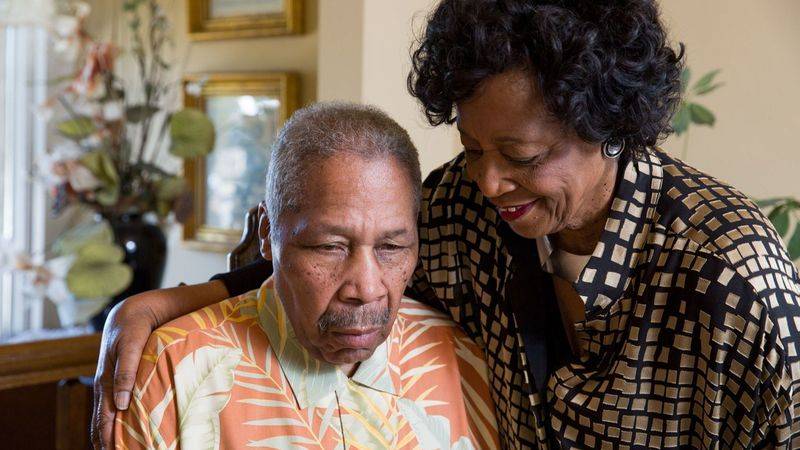Millions of Americans today are informal (or unpaid) family caregivers, supporting a loved one and helping them maintain independence and higher quality of life. While caregiving exists in all demographics, there is a proportionally higher rate of family caregivers (~40%) that identify as Black, Indigenous, or People of Color (BIPOC). This is why it’s crucially important to understand the BIPOC experience as it relates to family caregiving. It is only through this understanding that we can proactively address systematic problems and better prepare for an inclusive future in this community of caregivers.
In a recent panel held by the University of Southern California Family Caregiver Support Center (FCSC USC) and California Resource Center Los Angeles (LA CRC), African American caregivers discussed their experiences as family caregivers and the impact that systemic racism and the COVID-19 pandemic had on that experience. This panel is informative and reflective, revealing stories of triumph and overcoming, providing hope for others who are now or may one day be in their shoes.
Context Surrounding this Issue || Additional Statistics
Of caregivers in the United States:
- 62% identify as white
- 17% identify as Hispanic (non-white, non-Black)
- 13% identify as Black
- 6% identify as Asian-American
But when scaled to population size, the picture changes. Of these demographics, caregiving is more prevalent in BIPOC communities:
- Hispanic: 21%
- Black: 20.3%
- Asian-American: 19.7%
- White: 16.9%
Caregivers in BIPOC communities tend to be younger (and closer to the prime of their careers) than white caregivers. They are also less likely to let an employer know that they are providing care at home, which may impact resources offered to them.
Average caregiving age:
- White: 53.5 years old
- Asian-American: 46.6 years old
- Black: 44.2 years old
- Hispanic: 42.7 years old
(Source: AARP)
Due to stronger cultural reasons for providing care, BIPOC communities are more likely to have the support of family during caregiving, which may help to prevent some instances of stress, anxiety, and depression. (Source: AARP)
The COVID-19 Pandemic and BIPOC Caregiving || Additional Statistics
The pandemic also impacted communities of color in a significant way:
- “BIPOC represent[ed] 40 percent of essential workers while they comprise only about 23 percent of the national population.” (Source: care.org)
- Essential workers were also less likely to have access to benefits and other such protections (like job leave, sick leave, etc.) leaving them especially vulnerable to a negative financial impact despite being asked to face the highest risks through their occupations.
- Schools closed nationwide also drastically impacted (primarily) mothers who were tasked with shouldering the burden of caring for children (Source: care.org), many of whom were also providing care to a sick or elderly loved one.
- Instances of stress, anxiety, and depression were increased by the pandemic (Source: SagePub)
This discussion will be enlightening, powerful, and ultimately uplifting for those in the same situation. Check it out here:
Strength & Resilience: African-American Family Caregivers Discussion
Share this post: